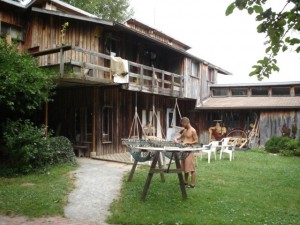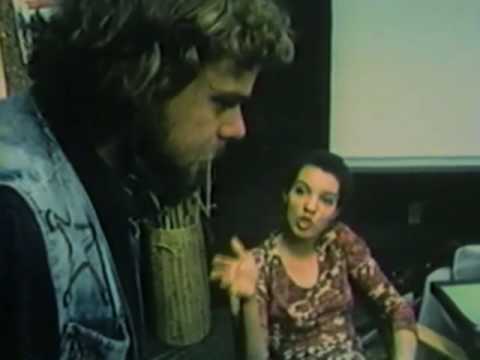
"Just be prepared for her ignorant rants about how everyone is stupid and things used to be so much better."
My Grandma… (Westchester)
I would like to barter my Grandma. Currently I am living with her. She is independent and does not need to be taken care of. Just be prepared for her ignorant rants about how everyone is stupid and things used to be so much better. You will hear about how she is glad her husband is dead and probably some racist stuff also. She will be nice to you and everyone else’s face but will badmouth everyone behind their back in the six hours she spends on the phone a day. She will do gross stuff like use your kitchen sponge to wash everywhere and put it back in the sink. Also never eat her cooking. She is unsanitary and you will be crapping liquid for days. She does stuff like dipping raw chicken in bread crumbs and then putting the remainder back in the box to be used again. Grandma is a pack-rat who blows through money recklessly and then complains she is poor but uses the excuse that the bible says the world will end soon. And speaking of the bible if you ever cross her she will say you have the demons in you. She believes that she was diagnosed with MS in her thirties and overcame it. (First case I ever heard of) Dont try and argue with her. She is always right. If you have any type of headache ever she will insist you are a drunk even though you never drink.
Doesn’t sound too great huh. Maybe we can barter for some yard work exchange for the next sixty years and you could maybe just push her down the stairs. Be creative…will entertain all offers.


















